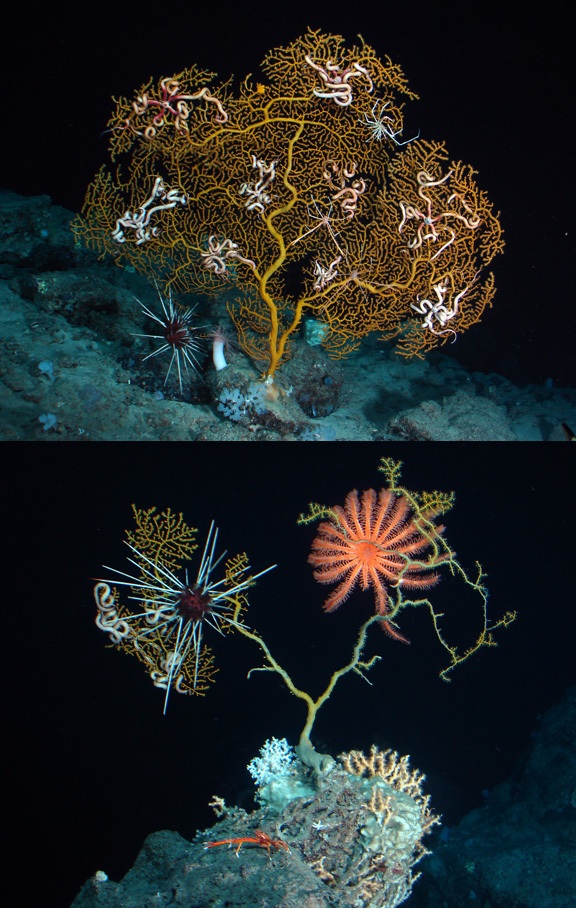
People accept the idea of echinoderm predation on shallow reef building corals. The voracious Crown of Thorns seastar Acanthaster planci is a familiar coral antagonist on the Great Barrier Reef, part of a natural process that may or may not be amplified by anthropogenic disturbance. Asteroid predation on deep-sea corals is more difficult to demonstrate.
Hippasteria sp. has been caught in the act feeding on deep-sea Primnoa (Krieger & Wing 2002) and Isidella octocorals (Etnoyer 2008), but brittle stars and echinoids are typically considered commensal associates. Some ophiuroids (brittlestars) are obligate commensals, “partners for life” on deep-sea Metallogorgia corals (Mosher & Watling 2009).
Something in the image above tells me this sea urchin is up to no good, but I’m having a hard time convincing others that a culprit is present. The party line is that associates brisingids (sea star, bottom image) and ophiuroids are suspension feeders. Chris Mah was non-plussed when I sent these. My fortune cookie said “one observation is not data, Grasshopper, it’s datum“. Still, you’ve got to wonder, can echinoderms have their deep-sea coral habitat and eat it, too?
Special thanks to ScubaGeek Steve Craig for sharing these images, and great appreciation to Karl Stanley of Stanley Submersibles for tracking Steve down on Deep Sea News’ behalf.
Citations:
Etnoyer, P. (2008). A new species of Isidella bamboo coral (Octocorallia: Alcyonacea: Isididae) from northeast Pacific Seamounts Proceedings of the Biological Society of Washington, 121 (4), 541-553 DOI: 10.2988/08-16.1
Krieger, K., & Wing, B. (2002). Megafauna associations with deepwater corals (Primnoa spp.) in the Gulf of Alaska Hydrobiologia, 471 (1/3), 83-90 DOI: 10.1023/A:1016597119297
Mosher, C., & Watling, L. (2009). Partners for life: a brittle star and its octocoral host Marine Ecology Progress Series DOI: 10.3354/meps08113

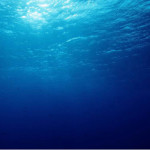
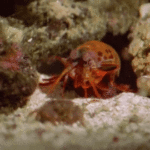
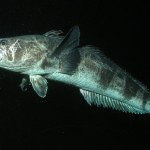
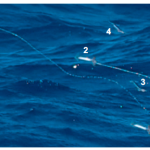
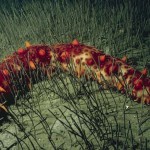
I thinknit’s a fascinating possibility which requires some time on station. I’ve not seen an urchin on deep corals before, is it that uncommon or is my percieved rarity more a coincindence of my viewings?
Good thing we still have a healthy fleet of deep -sea ROVs and subs so we can loiter on station if we find a similar pairing in the future!
I think that perhaps your PhD defense has left you in a clouded fugue.
You have confused what I said re brisingids-the starfish and the cidaroids-the sea urchins. Brisingids are suspension feeders. Can’t tell you what the cidaroids are doing.
Also…Hippasteria was first recorded feeding on deep-sea corals by Kreiger & Wing 2004
http://www.springerlink.com/content/xnh62x8r1rlagycj/
the picture you have linked there is very nice though.
Thanks for the clarification, Chris. I am definitely in a clouded fugue of pre-defense jitters, engaged in displacement activities like ye old blog.
Dave Pawson mentioned to me in passing once that echinoids may feed on microbial fauna that recruit to coral substrates. Does that sound right? I should have written it down. Note to self: “Always carry a note pad in the Smithsonian”.
These images are beautiful and so clear too! Interesting to see Eumunida picta on the rock and not the coral in the lower image. I wonder if they are offended by the urchin’s presence.